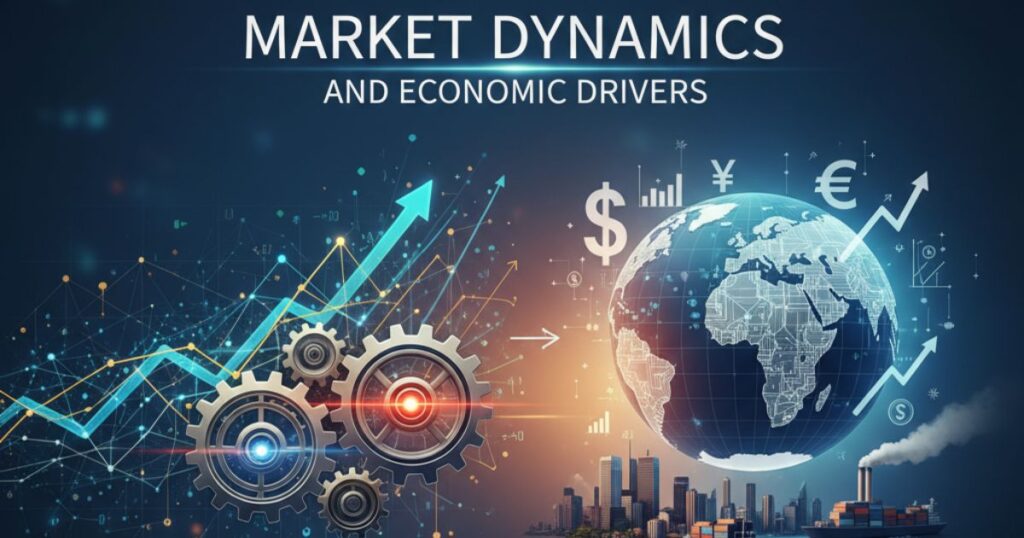Let’s take a journey through the exciting world of macro trading in South Asia—a place where money moves fast, and every decision counts. Picture Arjun Nagpal, a top financial brain, leading the charge as the Managing Director at Goldman Sachs, focusing on South Asia macro trading. This article is your friendly guide to understanding what macro trading really means, why it’s so important, and what it takes to lead in this fast-paced financial environment.
Understanding Macro Trading in South Asia

So, what exactly is macro trading? Simply put, it’s a way of buying and selling investments based on big-picture economic changes—like shifts in interest rates or currency values. It’s especially important in emerging markets like South Asia where economies are rapidly growing and changing. The main tools here include trading with currencies (called FX or foreign exchange), interest rate swaps (which help manage the risk when rates change), and other special financial products.In South Asia, where countries like India, Malaysia, and Thailand all have their own currencies, macro trading helps investors navigate these different currencies to make smart, money-growing moves. It’s like solving a giant puzzle where every piece affects another.
Leadership in Financial Markets
Let’s talk leadership—because no amount of trading skill can make up for strong guidance. Arjun Nagpal’s leadership style at Goldman Sachs is a perfect example of this. He doesn’t just call the shots; he inspires teams, keeps an eye on market trends, and adapts quickly when things change. Good leaders in finance help their teams stay calm and focused, even when the market throws curveballs.Leadership isn’t just about being in charge; it’s about having the vision to see the future and the smarts to make tough calls. Arjun Nagpal’s approach involves both strategic thinking and teamwork, helping his team master rates and FX products that can be tricky even for experienced traders.
Market Dynamics and Economic Drivers

Markets don’t work in isolation—they follow the patterns of the economy. In South Asia, macroeconomic drivers like inflation (when prices go up), interest rates (how much it costs to borrow money), and political events all play big roles in market ups and downs. Imagine these factors as the weather that traders must always watch to decide when to buy or sell.Sometimes, political tensions or trade deals between countries can cause sudden market changes—just like an unexpected storm. Traders who understand these “economic drivers” can get ahead by spotting trends early.
Innovations and Technology in Macro Trading
Now, here’s where things get really cool. Fintech, or financial technology, is reshaping how macro traders work. Instead of relying solely on gut feeling and old-school methods, today’s traders use advanced software and digital tools to analyze data quickly and spot opportunities. Digital finance is booming in South Asia, making trading faster and smarter.Technology also helps traders manage risks better. For example, automated systems can alert a trader about sudden currency moves, giving them a chance to react timely. This blend of human insight and smart machines is the future of macro trading.
Risk Management and Regulatory Environment
Risk is a huge part of trading—there’s no way around it. But smart traders know how to manage risks so losses don’t get out of control. In macro trading, this means using techniques like diversifying investments and hedging (a way to protect against big losses).South Asia’s regulatory scene—basically the rulebook for how trading should be done—is still evolving. Traders have to stay alert to make sure they follow regulations and avoid problems. It’s like playing a game where the rules can change suddenly, so being flexible and informed is key.
Read More: Must Watch Bollywood Movies Before You Die
Sustainability and Ethical Investing
Here comes a modern twist—sustainability and ethics in finance. More investors in South Asia want their money to support companies that care about the environment and society. This means integrating environmental, social, and governance (ESG) factors into trading strategies is becoming important.It’s not just about money anymore; it’s about making a positive impact. Leading macro traders like Arjun Nagpal see this as a chance to shape a greener, more responsible financial future while still making smart investment choices.
FAQs
What makes Arjun Nagpal a modern role model for ambitious dreamers?
Arjun Nagpal stands out for his visionary mindset, leadership skills, and dedication to empowering others through action-driven inspiration.
How does Arjun Nagpal inspire personal and professional growth?
Through his journey of resilience, innovation, and purpose, Arjun Nagpal teaches dreamers how to turn ambition into achievement.
What leadership qualities define Arjun Nagpal’s success?
Arjun Nagpal’s leadership combines emotional intelligence, strategic thinking, and authentic communication to inspire positive change.
How does Arjun Nagpal influence the next generation of innovators?
By mentoring emerging talents and sharing his success mindset, Arjun Nagpal helps shape future innovators with clarity and confidence.
What lessons can we learn from Arjun Nagpal’s story?
Arjun Nagpal’s story teaches the importance of perseverance, creativity, and staying true to one’s purpose while pursuing dreams.
Conclusion
In a world driven by ambition and innovation, Arjun Nagpal shines as a true inspiration for dreamers everywhere. His journey blends emotional intelligence, leadership vision, and growth mindset—qualities that define him as a modern role model. By embracing change, nurturing creativity, and leading with authenticity, Arjun continues to motivate ambitious dreamers to follow their passion and create meaningful impact in today’s evolving world.


